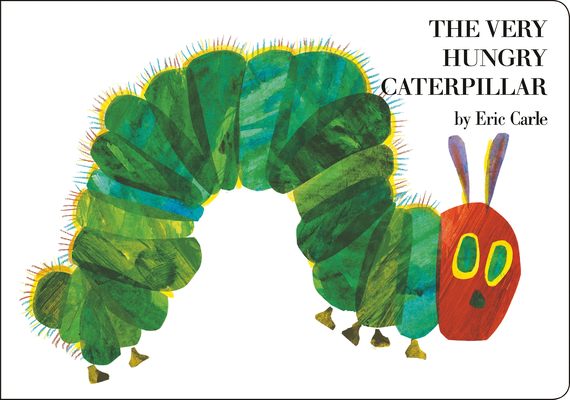How Children Learn
'Children learn best when the Learning experience is pleasant and free' John Holt (author and educational critic)
Activities should be tailored to the way children learn; the use of design and visual skills to enhance written part of book.
Babies and Learning
- It was traditionally believed that a baby's mind was a blank slate ('tabula rasa') on which experiences were impressed.
- Challenges occured to this theory with the development of methodologies: 3 examples:
- Non nutrive sucking - place a dummy near something else to get the baby to change focus.
- Habituation through doing the same thing; repetition
- Visual expectation - associating with a piece of music or something else as seen in:
Pavlov's Dogs
by Saul McLeod published 2007, (accessed from: http://www.simplypsychology.org/pavlov.html)
Like many great scientific advances, classical conditioning was discovered accidentally.
During the 1890s Russian physiologist Ivan Pavlov was looking at salivation in dogs in response to being fed, when he noticed that his dogs would begin to salivate whenever he entered the room, even when he was not bringing them food. At first this was something of a nuisance (not to mention messy!).
During the 1890s Russian physiologist Ivan Pavlov was looking at salivation in dogs in response to being fed, when he noticed that his dogs would begin to salivate whenever he entered the room, even when he was not bringing them food. At first this was something of a nuisance (not to mention messy!).
Pavlovian Conditioning
Pavlov started from the idea that there are some things that a
dog does not need to learn. For example, dogs don’t learn to salivate
whenever they see food. This reflex is ‘hard wired’ into the dog. In
behaviorist terms, it is an unconditioned response (i.e. a stimulus-response connection that required no learning). In
behaviorist terms, we write:
Unconditioned Stimulus (Food) > Unconditioned Response (Salivate)
Pavlov showed the existence of the unconditioned response by presenting a dog with a bowl of food and the measuring its salivary secretions (see image below).

However, when Pavlov discovered that any object or event which the dogs learnt to associate with food (such as the lab assistant) would trigger the same response, he realized that he had made an important scientific discovery, and he devoted the rest of his career to studying this type of learning.
Unconditioned Stimulus (Food) > Unconditioned Response (Salivate)
Pavlov showed the existence of the unconditioned response by presenting a dog with a bowl of food and the measuring its salivary secretions (see image below).

However, when Pavlov discovered that any object or event which the dogs learnt to associate with food (such as the lab assistant) would trigger the same response, he realized that he had made an important scientific discovery, and he devoted the rest of his career to studying this type of learning.
This proves that the very young can learn from very early on in their lives.
- Learning through the 5 senses:
- taste
- touch
- sight
- sound
- smell
Sensory Stimulation Theory
(accessed from http://www.brookes.ac.uk/services/ocsld/archive/theories.html)
Traditional sensory stimulation theory has as its basic
premise that effective learning occurs when the senses are stimulated
(Laird, 1985). Laird quotes research that found that the vast majority
of knowledge held by adults (75%) is learned through seeing. Hearing is
the next most effective (about 13%) and the other senses - touch, smell
and taste account for 12% of what we know. By stimulating the senses,
especially the visual sense, learning can be enhanced. However, this
theory says that if multi-senses are stimulated, greater learning takes
place. Stimulation through the senses is achieved through a greater
variety of colours, volume levels, strong statements, facts presented
visually, use of a variety of techniques and media.
- Stimulating a number of senses together enhances learning
Ways of Learning -
These are usually established by school age.- Auditory - rhythm and pace; they hear a pace, tone, pitch of music and assocciate it with something else. Verbal lectures, discussions etc.
- Visual - need visual stimulation. For example, creative maps, diagrams etc.
- Kinesthetic - Physical activity, touch and movement. Doodling, showing a need for practical activities.
'I hear and I forget I see and I remember I do and I understand' Ancient Chinese Proverb.
'When a child is with others they learn better' and 'If assisted today can do it on their own tomorrow'
- Self motivated and self directed learning:
- do things for a reward or for the sheer joy of achieving
- 3 recognised approaches to aiding and improving a child's learning:
- Building on pre-existing knowledge; taking the familiar to explain the unfamiliar.
- Transferring knowledge: applying the learned information to a real life situation makes the information more meaningful and it better retained.
- Memory strategies:
- Summarising
- Grouping
Books
'Small is Good' is a page from reference book comparing varied sized vehicles with horses power/weight etc.The Very Hungry Caterpillar - Eric Carle:
This book is almost 44 years old. The book follows a caterpillar as it eats its way through a wide variety of foodstuffs before pupating and emerging as a butterfly. The winner of many children's literature awards and a major graphic design award. It has only 22 words but involves counting, days of the week, food names and visual descriptions, the life cycle of a butterfly, bright textured illustrations, holes and rhythm.
Added Features:
- paper engineering
- pull tabs
- flaps/fold outs
- pop ups
- die cuts
- textures
- specialised inks
- digitalised (CD's/sound clips)
- stickers
- crayons
- wipe clean/blackboard
- puppets


No comments:
Post a Comment